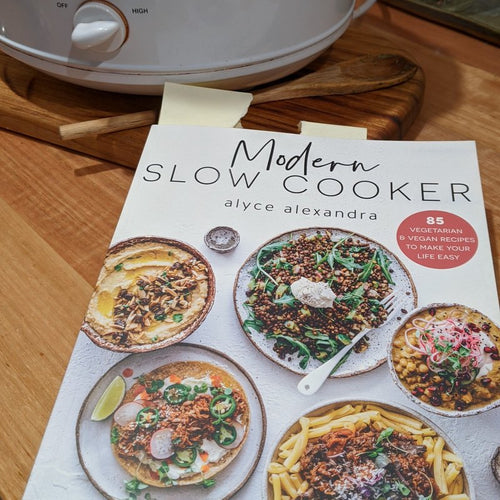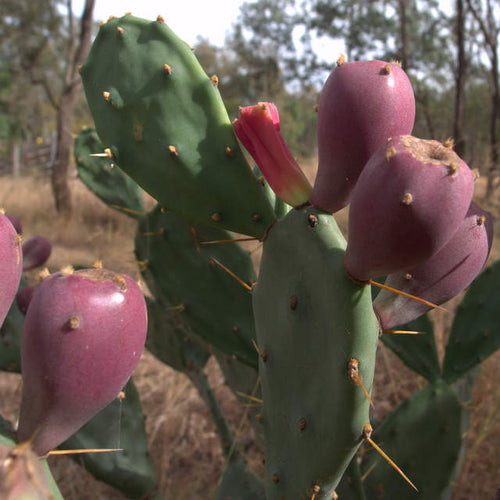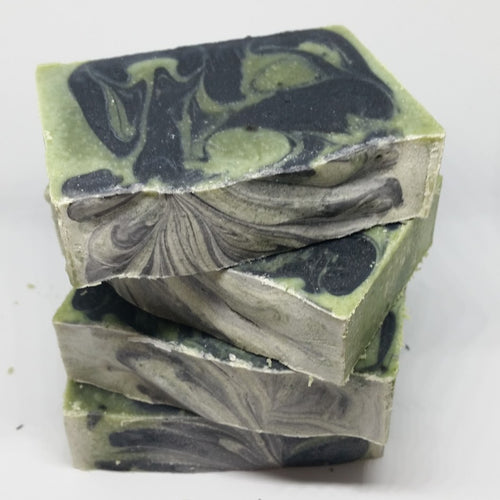Book review: Omnivore's Dilemma
I feel like I am the LAST person to read Michael Pollan's 2006 book The Omnivore's Dilemma. It has been mentioned on so many blogs as an influence over the way people eat and how they understand food production, when I saw it at the library I thought it was time I read it too. I'm so glad I did! I think I would enjoy ANYTHING that Michael Pollan wrote. He really has a wonderful way with words, sometimes I read a sentence twice just to try to absorb some of that ability for myself. Even better, the topic is something that interests me immensely. The omnivore's dilemma: What should we have for dinner? As an omnivore, we CAN eat nearly anything, but what SHOULD we eat?
Michael attempts to answer this question by tracing four meals from their origins to the table. The first meal is monoculture corn, through to feed-lot beef, in a burger containing corn derivatives such as high-fructose corn syrup, eaten in a car running on ethanol made from corn. Many would not realise just how much corn is in the US food supply and why (due to farm subsidies, which are less of an issue in Australia, although the feed-lot system is very similar).
Next we follow a meal made from industrial organic chicken and salad vegetables, as well as an "organic TV dinner". This meal highlighted the fact that organic rules can be used to simply substitute an organic input for a chemical input, and technically the food is organic, but its not necessarily any better for us, the animals or the farm-workers. For example an organic chicken raised in a barn may not ever access the outdoors even though its "free-range". If you do choose organic, its important to understand the certification systems that create the rules that producers must follow. My understanding of the Australian Certified Organic system is that growers must have a management plan that aims for self-sufficiency, this means that industrial systems would not be certified, even if all the inputs were organic, however the more you can find out about the practices of an individual farm the better.
The third meal was from Joel Salatin's farm. I was surprised to find that I learnt more about Joel and his farm through a section in this book than I have learnt in reading several of Joel's books, watching his dvd and attending a day-long seminar! Maybe that is the power of carefully crafted prose. If you're interested in Joel's work, then its worth reading this book for that purpose alone. If you haven't heard of Joel, his farm is not "organic certified", but it is symbiotic with very little inputs, he produces free-range broiler chickens, eggs, beef and pork from 100 acres and sells these products locally. This meal was very close to how Pete and I eat everyday, as much as possible produced on our property or bought locally.
Finally, Michael attempts to create a meal only from hunted or foraged foods, including wild boar and mushrooms. This was a very interesting chapter for me as I'm keen to do more hunting and foraging, although I need to find out more about our local flora and fauna. I'd love to catch some rabbits, as we can't keep them domestically, so I need to try to catch wild ones if I want to eat rabbit (and I see plenty hopping around at night).
I didn't expect this book to be as much about farming as about food, but I guess that makes sense, as Michael was addressing the question of what to eat my examining where these four meals ultimately came from. I particularly enjoyed his assessment of modern farming:
Next on my list to read is Michael Pollan's 2008 book "In Defence of Food" in which he takes the concept further to examine further the human health impact of our modern diets. I also reviewed "Cooked" when it was released in 2013.
What do you think? Have you read it already or tempted to read it now?
Here's a few affiliate links to the books I've mentioned, I get a small proportion of the sale if you buy through these links.
Next we follow a meal made from industrial organic chicken and salad vegetables, as well as an "organic TV dinner". This meal highlighted the fact that organic rules can be used to simply substitute an organic input for a chemical input, and technically the food is organic, but its not necessarily any better for us, the animals or the farm-workers. For example an organic chicken raised in a barn may not ever access the outdoors even though its "free-range". If you do choose organic, its important to understand the certification systems that create the rules that producers must follow. My understanding of the Australian Certified Organic system is that growers must have a management plan that aims for self-sufficiency, this means that industrial systems would not be certified, even if all the inputs were organic, however the more you can find out about the practices of an individual farm the better.
The third meal was from Joel Salatin's farm. I was surprised to find that I learnt more about Joel and his farm through a section in this book than I have learnt in reading several of Joel's books, watching his dvd and attending a day-long seminar! Maybe that is the power of carefully crafted prose. If you're interested in Joel's work, then its worth reading this book for that purpose alone. If you haven't heard of Joel, his farm is not "organic certified", but it is symbiotic with very little inputs, he produces free-range broiler chickens, eggs, beef and pork from 100 acres and sells these products locally. This meal was very close to how Pete and I eat everyday, as much as possible produced on our property or bought locally.
| vegetables grown in our garden |
Finally, Michael attempts to create a meal only from hunted or foraged foods, including wild boar and mushrooms. This was a very interesting chapter for me as I'm keen to do more hunting and foraging, although I need to find out more about our local flora and fauna. I'd love to catch some rabbits, as we can't keep them domestically, so I need to try to catch wild ones if I want to eat rabbit (and I see plenty hopping around at night).
I didn't expect this book to be as much about farming as about food, but I guess that makes sense, as Michael was addressing the question of what to eat my examining where these four meals ultimately came from. I particularly enjoyed his assessment of modern farming:
"Wendell Berry has written eloquently about the intellectual work that goes into farming well, especially into solving the novel problems that inevitably crop up in a natural system as complex as a farm. You don't see much of this sort of problem-solving in agriculture today, not when so many solutions come ready-made in plastic bottles. So much of the intelligence and local knowledge in agriculture has been removed from the farm to the laboratory, and then returned to the farm in the form of a chemical or machine"He also discusses animal cruelty and the ethics of eating meat in the final chapter.
"To visit a modern Concentrated Animal Feeding Operation (CAFO) is to enter a world that for its technological sophistication is sill designed on seventeenth-century Cartesian principles: Animals are treated as machines - "production units"- incapable of feeling pain. Since no thinking person can possible believe this anymore, industrial animal agriculture depends on the suspension of disbelief on the part of the people who operate it and a willingness to avert one's eyes on the part of everyone else."If you want to know more about where your food comes from so that you can make better choices for your health, the environment and the animals involved, this book covers everything you need to know.
Next on my list to read is Michael Pollan's 2008 book "In Defence of Food" in which he takes the concept further to examine further the human health impact of our modern diets. I also reviewed "Cooked" when it was released in 2013.
What do you think? Have you read it already or tempted to read it now?
Here's a few affiliate links to the books I've mentioned, I get a small proportion of the sale if you buy through these links.






















Leave a comment